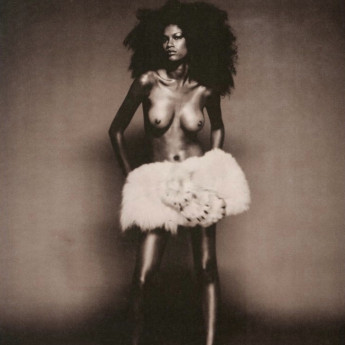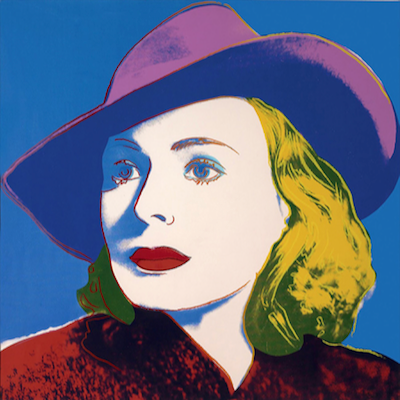
Details
Artist
Styles
Archival pigment print on Canson Baryt paper // David LaChapelle's Lost and Found - Good News, Art Edition: Spring Time from 2019 is an archival pigment print on Canson Baryt paper, measuring 16 by 12 inches. This vibrant still life is an explosion of color and pop culture references, merging traditional floral arrangements with an eclectic mix of contemporary objects. Bright, oversized flowers dominate the composition, set against a backdrop of comic book imagery and playful objects like vintage toys and household items. The chaotic yet carefully curated arrangement invites viewers to explore themes of consumerism, nostalgia, and beauty. LaChapelle’s signature style, blending baroque opulence with modern pop culture, is evident, creating a dynamic and visually engaging work.
Lost and Found - Good News, Art Edition: Spring Time, 2019
form
Medium
Size
40.6 x 30.5 cm
- Inches
- Centimeters
Edition
Price
Details
Artist
Styles
Archival pigment print on Canson Baryt paper // David LaChapelle's Lost and Found - Good News, Art Edition: Spring Time from 2019 is an archival pigment print on Canson Baryt paper, measuring 16 by 12 inches. This vibrant still life is an explosion of color and pop culture references, merging traditional floral arrangements with an eclectic mix of contemporary objects. Bright, oversized flowers dominate the composition, set against a backdrop of comic book imagery and playful objects like vintage toys and household items. The chaotic yet carefully curated arrangement invites viewers to explore themes of consumerism, nostalgia, and beauty. LaChapelle’s signature style, blending baroque opulence with modern pop culture, is evident, creating a dynamic and visually engaging work.
- Recently Added
- Price (low-high )
- Price (high-low )
- Year (low-high )
- Year (high-low )
David LaChapelle
Lost And Found - Good News, Art Edition: Arch Angel Uriel, 2019
Limited Edition Print
Archival Print
USD 2,950
What is pop-art?
Pop Art is an art movement that began in Britain in 1955 and in the late 1950s in the U.S. It challenged traditional fine arts by incorporating imagery from popular culture, such as news, advertising, and comic books. Pop Art often isolates and recontextualizes materials, combining them with unrelated elements. The movement is more about the attitudes and ideas that inspired it than the specific art itself. Pop Art is seen as a reaction against the dominant ideas of Abstract Expressionism, bringing everyday consumer culture into the realm of fine art.













